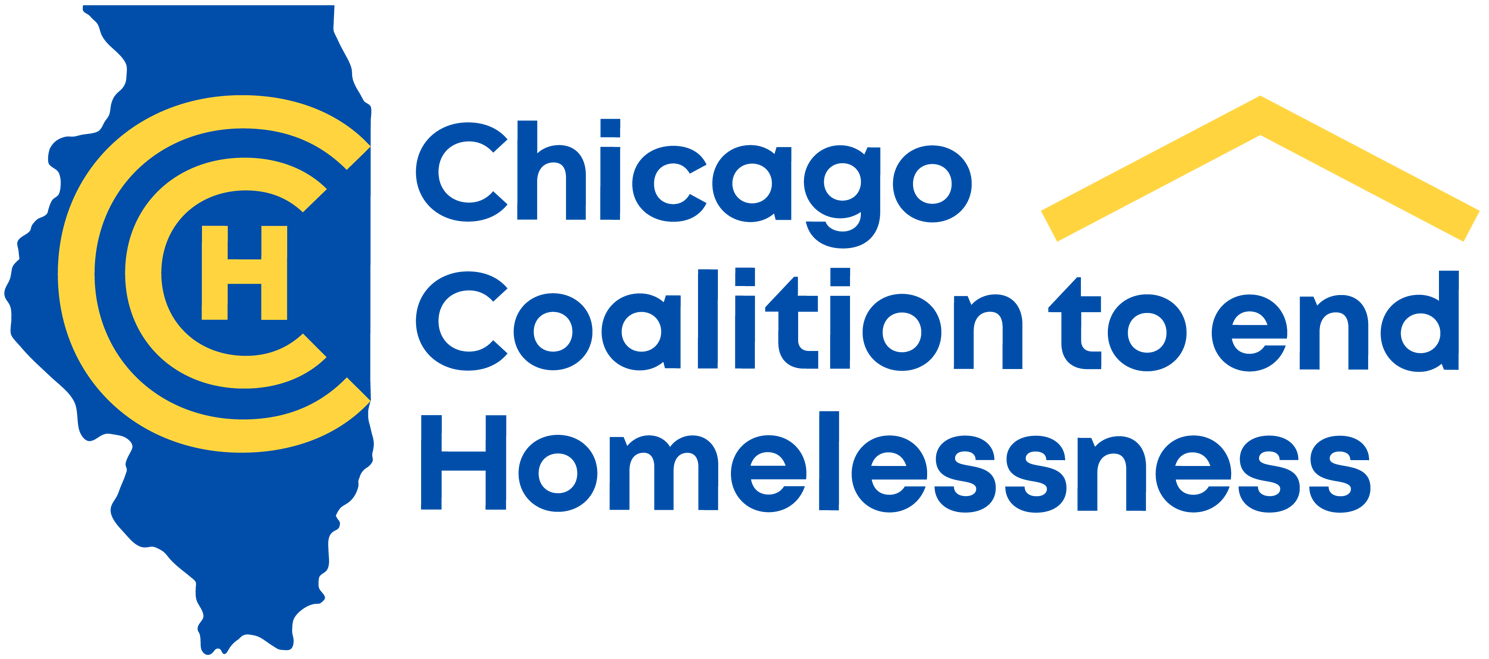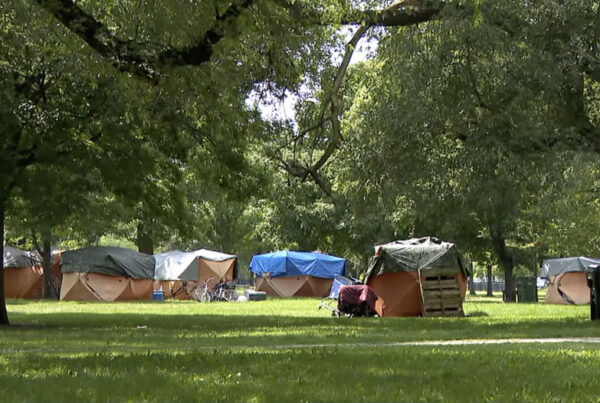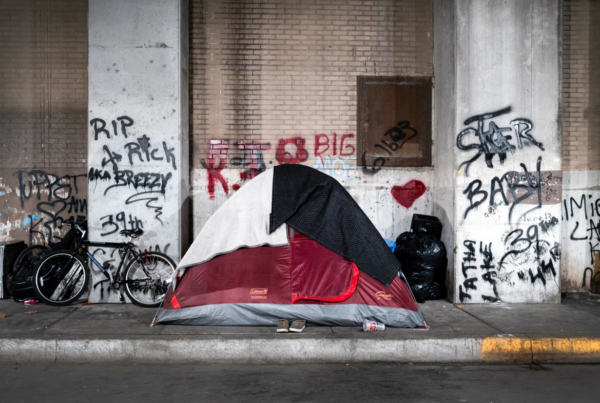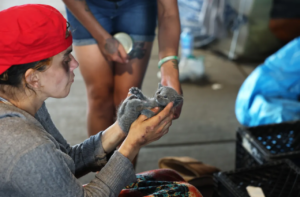
Two women, who asked not to be named, tend to a kitten dropped off at their tent encampment at a rail underpass in the 3000 block of West Chicago Avenue on June 25, 2024, in Chicago. (John J. Kim/Chicago Tribune)
Robert Bulanon glanced at the sky and frowned at the rain. He hurried into his home and emerged, holding an umbrella over his head, picking his way between a barbershop pole, a pair of bus seats, a wheelbarrow, a grill where another man was cooking beef stew, and other objects scattered along the embankment of the canal.
Bulanon, 52, is one of about 20 people who live in a set of makeshift shelters along the North Shore Channel between Foster and Bryn Mawr avenues on Chicago’s Northwest Side. A ladder leaned against the chain link fence, separating the river embankment from athletic fields at Northside College Prep, a selective enrollment high school.
By July 30, the residents will no longer be able to call the longtime encampment home. The next day, city departments are scheduled to begin clearing the tents and items, officials said, offering the group non-congregate shelter placement at a downtown hotel. Notices will go up starting the first week of July. The idea of relocating them has been talked about for years.
“They said, ‘We’re here to help; we could send you somewhere, a shelter or something,’” Bulanon recalled of his first interaction with the city.
Months after voters rejected the Bring Chicago Home referendum , which sought to raise millions for homelessness services by raising the city’s real estate transfer tax for property sales above $1 million, Chicago is at a critical juncture on how to address its rapidly growing homeless population.
The city has historically prioritized finding housing for its homeless, many of whom reside in tent cities across its parks and under bridges. But with low affordable housing stock, depleted federal and state funding and other challenges, the city’s number of homeless is outpacing what the city can provide.

